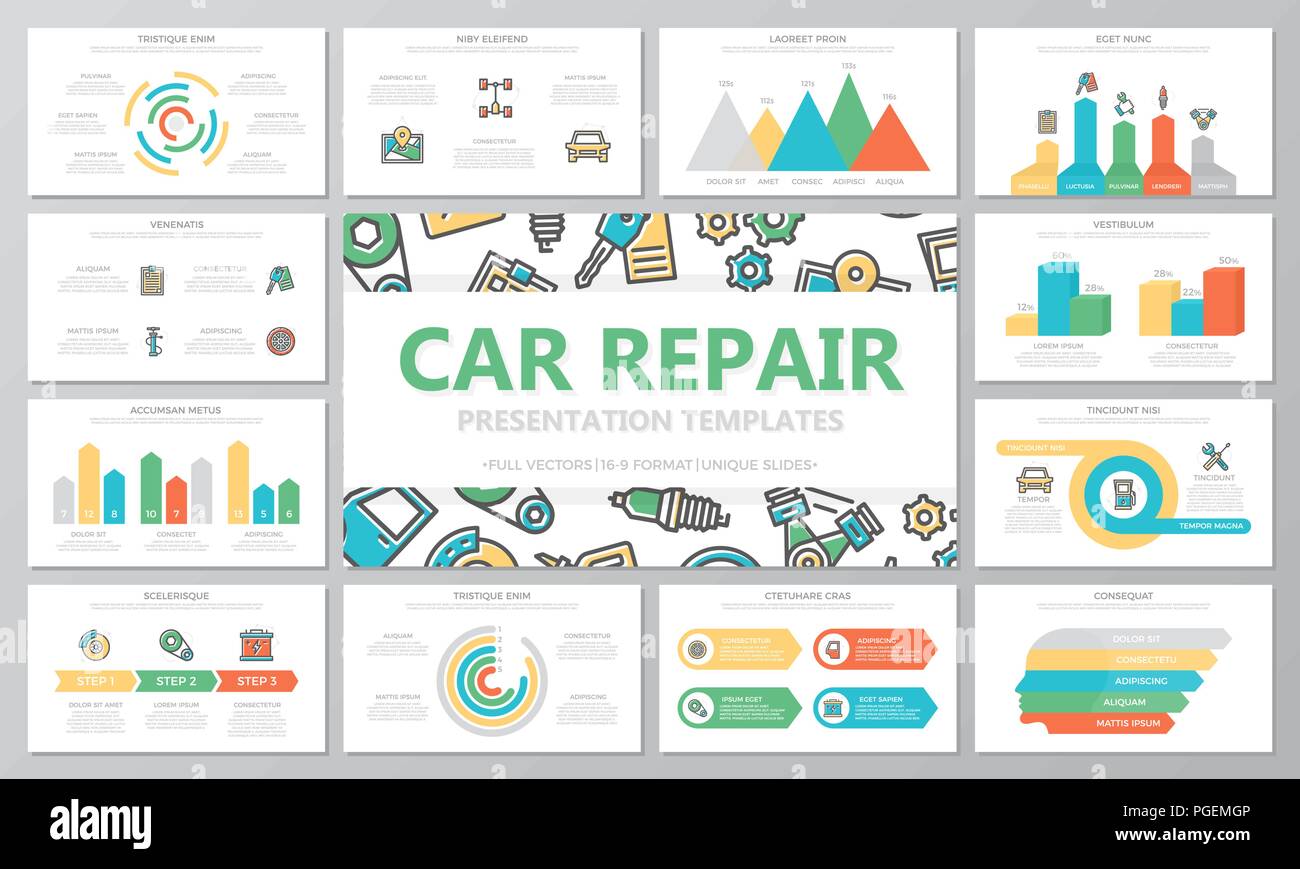Decoding Your Automobile'S Caution Indicators: What They Really Signify
Decoding Your Automobile'S Caution Indicators: What They Really Signify
Blog Article
Short Article By-Termansen Kejser
When you lag the wheel, those glowing caution lights on your dashboard can be a little bit complicated. Do you know what they're trying to inform you regarding your auto's health and wellness? Comprehending the relevance of these lights is vital for your security and the longevity of your car. So, the following time among those lights pops up, wouldn't you intend to understand its message properly and take the needed steps to resolve it?
Common Caution Lighting and Interpretations
Determine common warning lights in your car and comprehend their definitions to ensure secure driving.
The most typical warning lights include the check engine light, which signals problems with the engine or exhausts system. If this light comes on, it's important to have your vehicle checked promptly.
The oil stress alerting light indicates reduced oil stress, needing immediate attention to prevent engine damages.
A flashing battery light may suggest a damaged charging system, possibly leaving you stranded otherwise attended to.
The tire pressure monitoring system (TPMS) light notifies you to low tire pressure, influencing lorry stability and gas performance. Ignoring this could cause harmful driving conditions.
The ABS light indicates an issue with the anti-lock stopping system, compromising your capability to quit rapidly in emergency situations.
Finally, the coolant temperature advising light warns of engine overheating, which can cause severe damages if not settled promptly.
Understanding these common warning lights will certainly help you deal with concerns quickly and maintain secure driving problems.
Significance of Prompt Attention
Understanding the common warning lights in your cars and truck is only the very first step; the significance of quickly addressing these cautions can not be highlighted enough to ensure your safety and security when traveling.
When a caution light illuminates on your dashboard, it's your automobile's means of interacting a potential concern that requires attention. Disregarding these warnings can bring about more extreme problems later on, endangering your security and possibly costing you a lot more out of commission.
Prompt focus to cautioning lights can prevent breakdowns and accidents. For instance, a blinking check engine light could show a misfire that, if left unattended, can trigger damage to the catalytic converter. Resolving automarine can save you from an expensive repair service.
Similarly, a brake system alerting light could indicate reduced brake liquid or used brake pads, essential components for your security when driving.
Do It Yourself Troubleshooting Tips
If you notice a warning light on your dashboard, there are a couple of DIY troubleshooting suggestions you can attempt before seeking professional help.
The initial step is to consult your car's manual to understand what the details warning light indicates. Sometimes the problem can be as easy as a loose gas cap triggering the check engine light. Tightening up the gas cap might deal with the problem.
Another common concern is a reduced battery, which can cause different cautioning lights. Inspecting the battery connections for deterioration and ensuring they're safe and secure may repair the problem.
If a caution light persists, you can attempt resetting it by detaching the car's battery for a couple of mins and after that reconnecting it. Additionally, checking your car's fluid degrees, such as oil, coolant, and brake fluid, can assist fix cautioning lights connected to these systems.
Conclusion
Finally, understanding your car's warning lights is vital for keeping your vehicle running smoothly and safely. By immediately attending to https://edwinwrlga.atualblog.com/37354296/are-you-looking-for-to-discover-high-grade-vehicle-repair-centers-nearby and recognizing what they mean, you can avoid expensive repairs and potential failures.
Bear in mind to consult your automobile's manual for specific information on each warning light and act as necessary to guarantee a hassle-free driving experience.
Stay notified, stay risk-free on the road!
